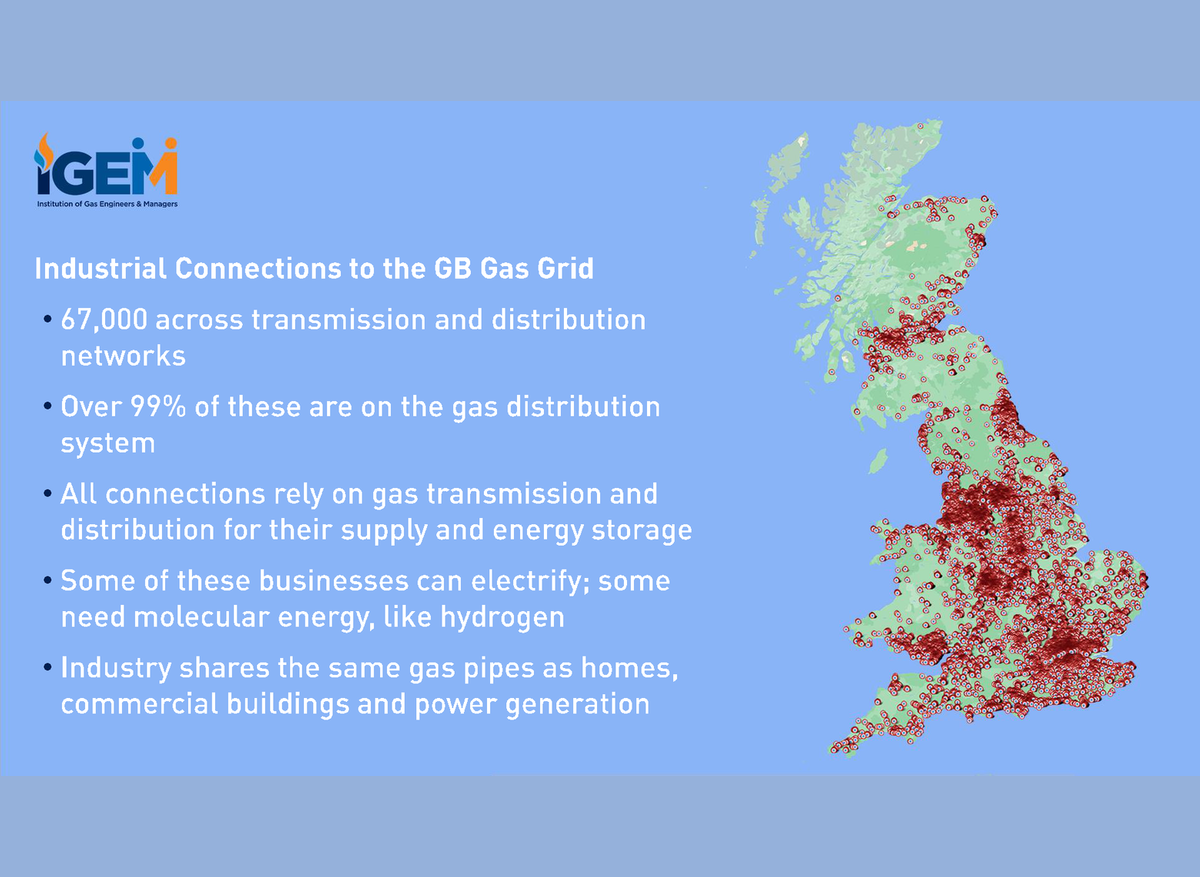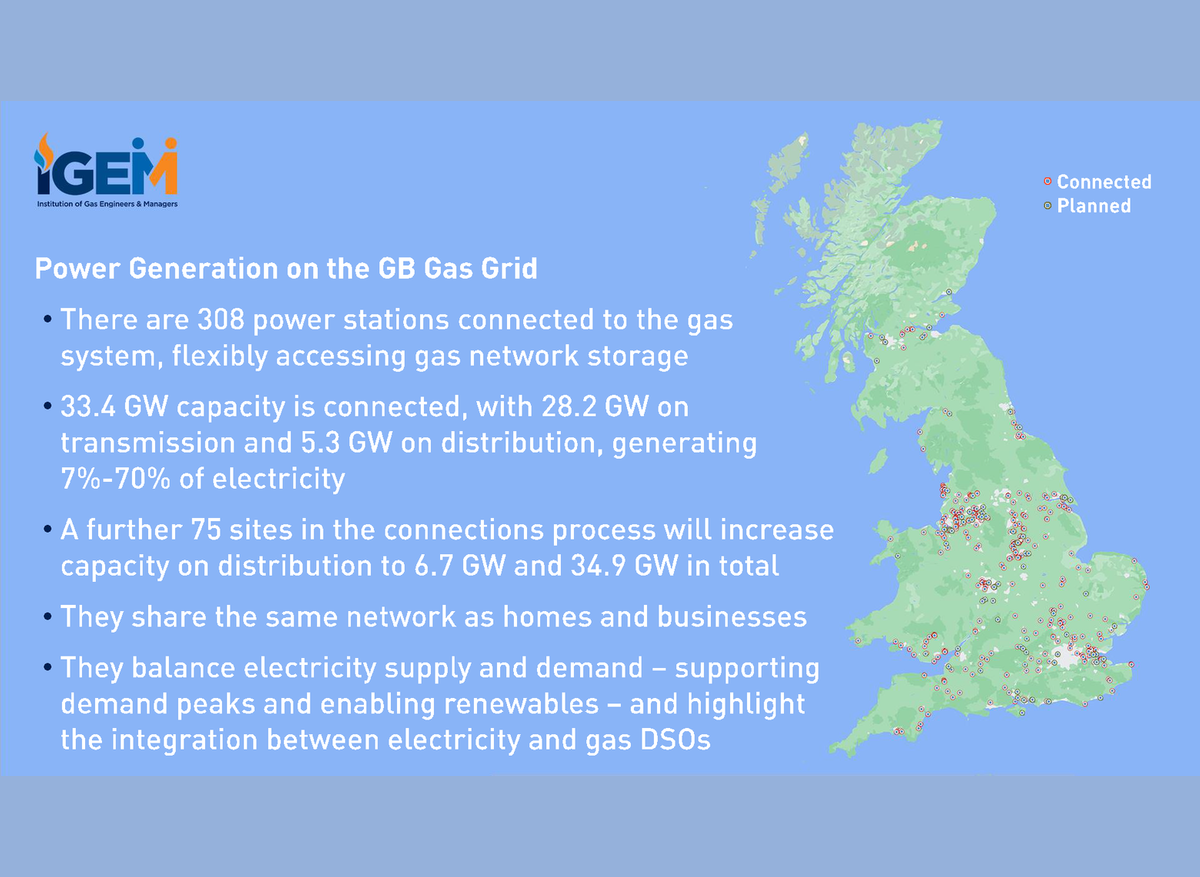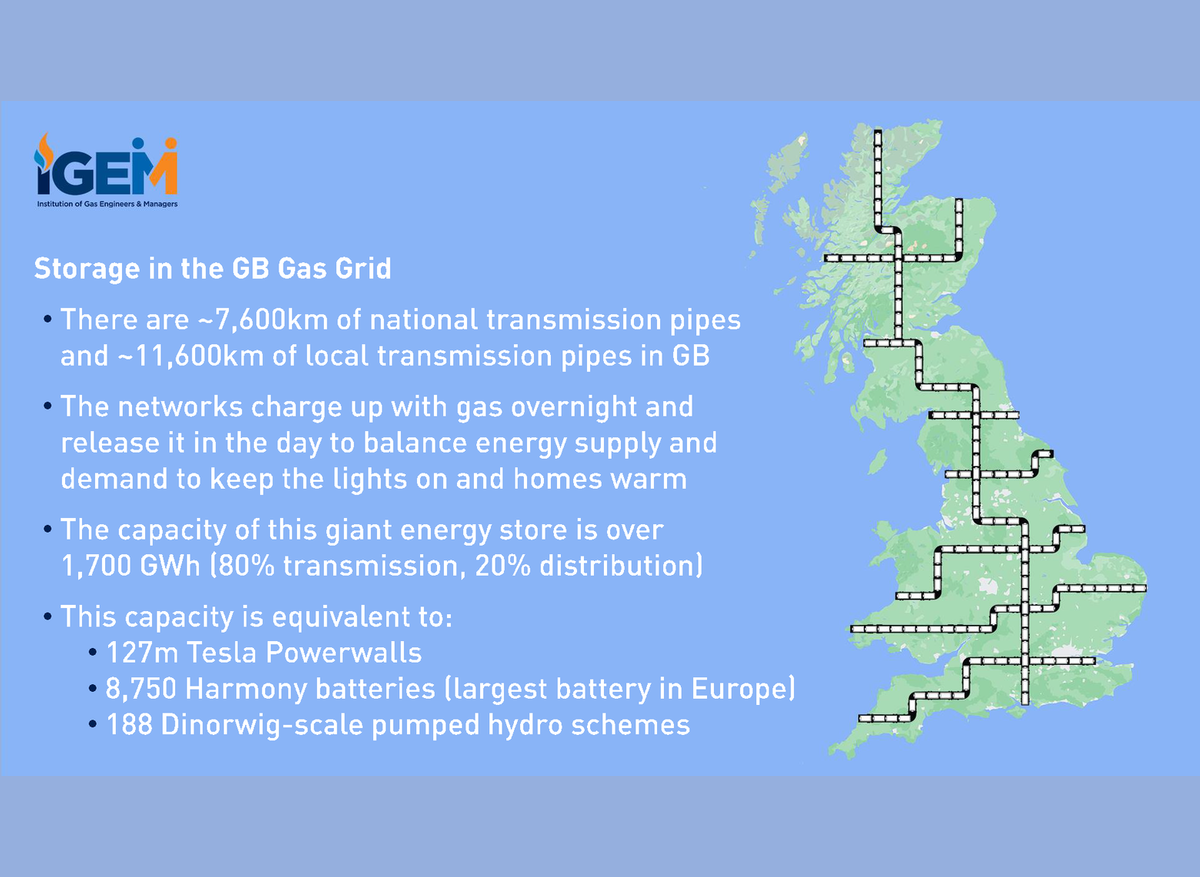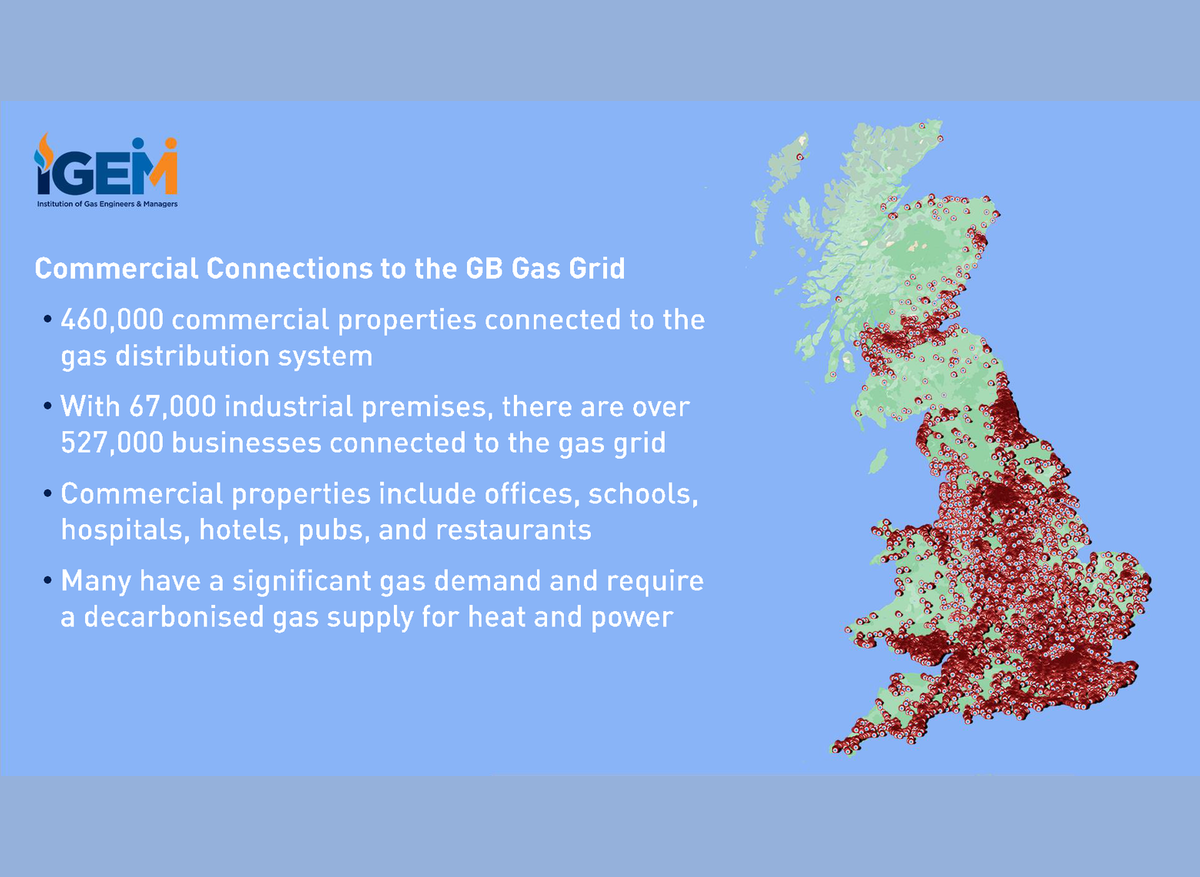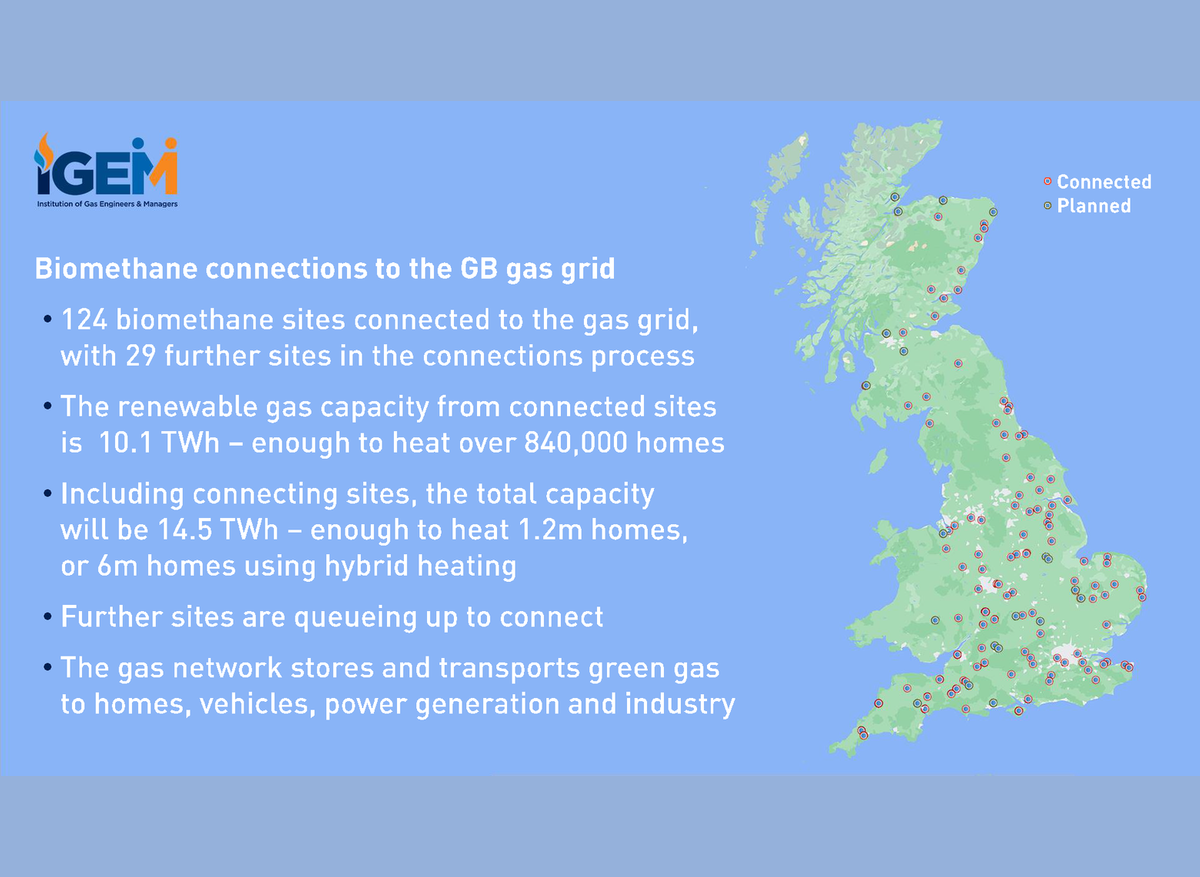IGEM launches ground-breaking grid connections research at Parliamentary Reception
The Institution of Gas Engineers & Managers (IGEM) successfully spearheaded a pivotal discussion on the future of energy at the inaugural Winter Warmer Reception, hosted by the Parliamentary Group for Energy Studies (PGES) at the House of Commons.
The event, a new addition to the PGES calendar, brought together distinguished members from industry, academia, regulators, policy and Parliament, and was the ideal opportunity for insightful discussions on energy challenges during winter and the transition to net zero.
Oliver Lancaster, CEO of IGEM, delivered the keynote address, throwing light on the technical aspects of energy distribution and the role of the gas network in maintaining energy security for different demands and over a wider geography than it is credited for.
He also unveiled some eye-opening statistics and myth-dispelling graphics showing where all the different connections to the gas grid are located. This new information provides food for thought, given the cross-party agreement on delivering a decarbonised power system over the next decade.
Oliver said: “It’s staggering that we have 527,000 businesses connected to the gas network, of which 67,000 are industrial and over 99 per cent of which are on the distribution system – and that they’re not all located in convenient coastal clusters. A total of 308 power stations are spread across Britain’s gas networks, and once 75 more of these power stations are built they’ll have a total generation capacity of 34.9GW – with 6.7GW of that capacity connected to gas distribution networks.
“Gas storage is key to energy security, and not many people realise that available within-day storage in national and local transmission pipelines adds up to 1,715GWh – that’s equivalent to 127 million Tesla Powerwalls.
“Meanwhile, renewable gas is continuing to make strong headway – we’ll soon have 153 biomethane sites with 14.5TWh of connected capacity – that’s enough to heat 1.2 million homes, or six million homes using smart hybrid heating.”
The CEO’s speech illuminated the ground-breaking contributions from the early years of gas and some of the current initiatives being led by IGEM and the industry which emphasise the importance of a holistic approach to energy system planning.
“It's essential to view our energy future through a comprehensive lens, considering all vectors and sectors together,” he added. “At IGEM, we're facilitating this integrated perspective, ensuring that our actions are informed, collaborative, and impactful.”
IGEM's sponsorship of the Winter Warmer Reception provided a unique opportunity for diverse stakeholders to engage in critical discussions about energy security and net zero, particularly during this period of peak winter demand for heat and power.
“Representing IGEM at this important event underscores our leadership and commitment to advancing the gas and emerging hydrogen sectors," said Oliver. “IGEM stands at the crossroads of innovation and tradition, driving the industry forward while acknowledging the pertinent lessons from our history.”
Additionally, Oliver revealed IGEM’s efforts in developing hydrogen engineering standards, highlighting the institution’s proactive stance in supporting the UK’s net zero ambitions and the skills agenda for networks, engineers and installers. “Our work in establishing hydrogen standards is just one example of how IGEM is contributing to a sustainable energy future,” he added.
The event also featured an introductory speech from the Chair of PGES, Ian Liddell-Grainger MP, who provided his insights into the need for a combination of technologies in the energy transition and the need for politicians across all parties to be engaged with developments and to be made aware of the facts, like those presented by IGEM at the event.
IGEM's involvement in the Winter Warmer Reception marks a significant step in its leadership as the representative body of the whole gas system, and in support for collaboration and innovation amongst the wider energy sector.
View the full photo album here.

